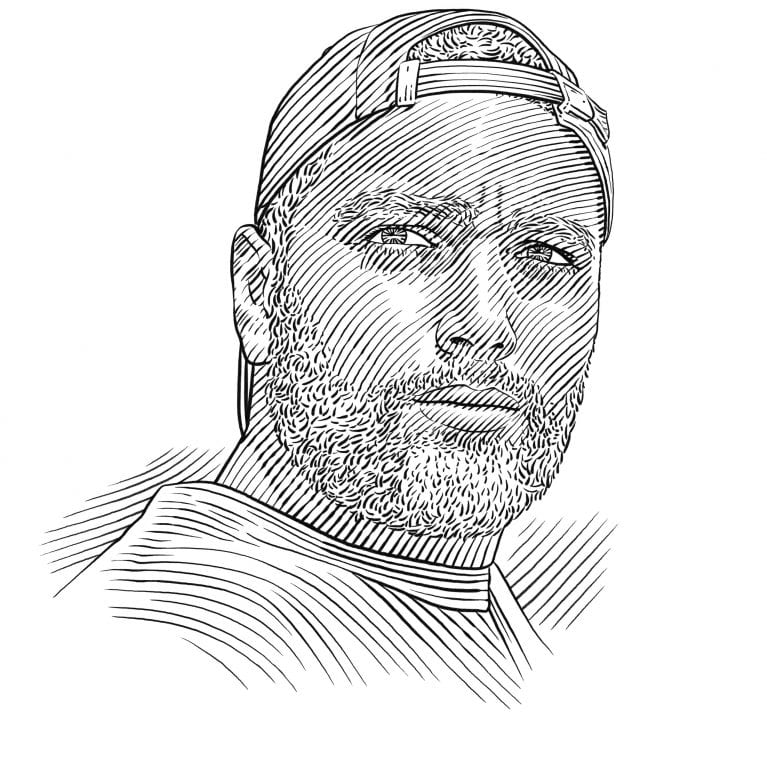Ioannis Giovos

Who I am
For as long as I can remember, I have had a strong affection for the marine environment. As a kid I used to spend summers by the sea, forever snorkelling with my father. Through my school life I was swimming semi-professionally and once I got to university I started scuba diving so that I could discover more about the marine world. On one of my early dives I saw a ray for the first time – and instantly fell in love.
Where I work
I studied biology and before graduating I found myself working in the field with cetaceans. It is now 10 years since I began working in the conservation of marine megafauna in the Mediterranean, a unique environment with irreplaceable biodiversity. For the past few years I have been based in Greece, working with iSea, an environmental organisation I co-founded with other young marine biologists. I am currently focusing on elasmobranch conservation throughout the Mediterranean Basin. In Greece, we conduct research and other activities in various locations around the country. Among these, Kos Island is the most interesting for shark and ray species such as guitarfish, spiny butterfly rays and angel sharks. This quiet and beautiful island is situated in the south of the Aegean Sea and its wonderful people are highly reliant on small-scale fisheries and tourism. Both activities could have negative impacts on the species mentioned which, according to our research, can be found close to shore and are often taken as by-catch in nets. Given that all the Mediterranean populations of our target species are listed as threatened (Critically Endangered or Endangered), we consider that intermediate intervention is needed in this potential stronghold of these species in the basin.
What I do
Although the amount of data we have from Kos Island is already quite substantial, our knowledge about possible aggregations and key areas is still limited and it is crucial that we find out more in order to strengthen conservation of our target species in the area. Our project is a first step towards a better understanding of the species’ distribution and abundance around the island and we are employing a three-pronged approach. First, we will use the knowledge of the local people, asking them to provide us with information about the current and the past presence of our target species around the island. Then we will deploy underwater cameras with bait (BRUVS) to attract them and record their presence in different locations. And finally, we will conduct scuba diving surveys around the island to find individuals of the target species and establish how many there are.
